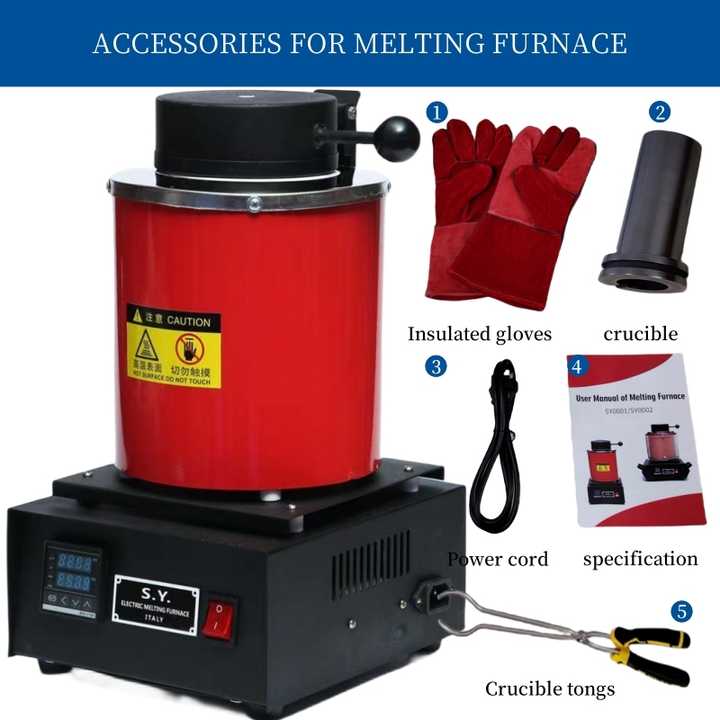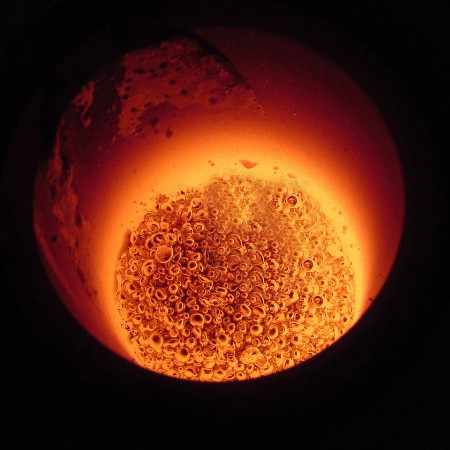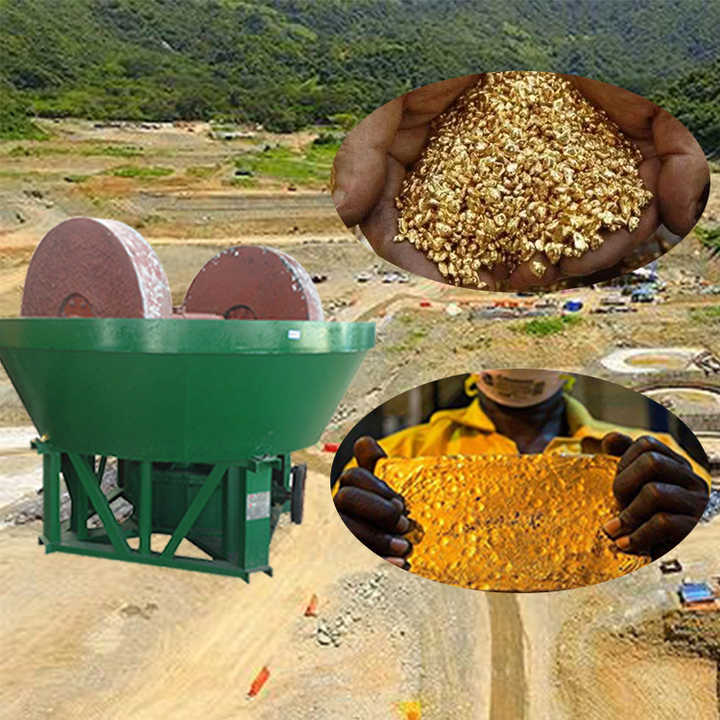diy gold smelting furnace
Building Your Own DIY Gold Smelting Furnace
Gold smelting is a process that requires high temperatures to melt and purify gold. For enthusiasts or small-scale refiners, constructing a DIY gold smelting furnace can be an affordable and rewarding project. This article guides you through the essentials of building a DIY gold smelting furnace, from selecting materials to understanding the process and safety considerations.
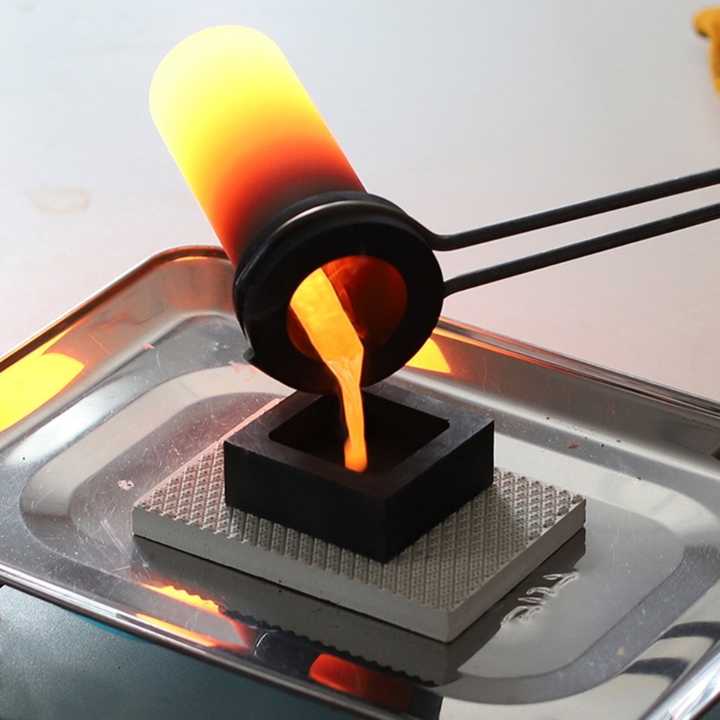
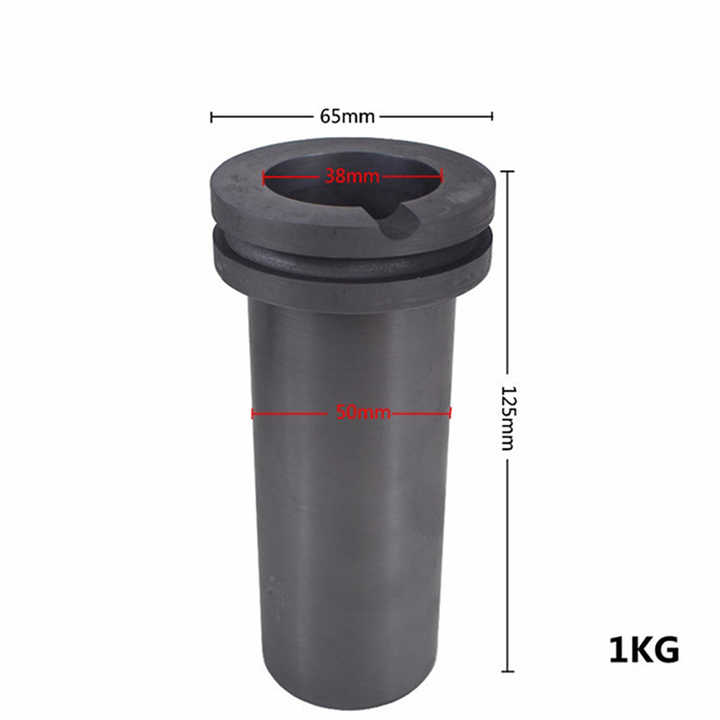
Why Build a DIY Gold Smelting Furnace?
Building a DIY gold smelting furnace offers several advantages, especially for those who engage in small-scale gold refining or want to experiment with metalworking as a hobby.
Cost-Effectiveness
One of the primary reasons to build a DIY gold smelting furnace is cost savings. Commercial smelting furnaces can be expensive, particularly for those who do not require industrial-scale equipment. By building your own furnace, you can significantly reduce costs while still achieving high-quality results.
Customization
Another benefit of a DIY approach is the ability to customize the furnace to your specific needs. Whether you require a smaller furnace for occasional use or a larger one for more frequent smelting, building your own allows you to tailor the design and capacity according to your preferences.
Educational Experience
Constructing a DIY gold smelting furnace also offers a valuable learning experience. It allows you to gain hands-on knowledge of metalworking, thermodynamics, and the principles of smelting. This experience can be both educational and fulfilling, providing a deeper understanding of the gold refining process.
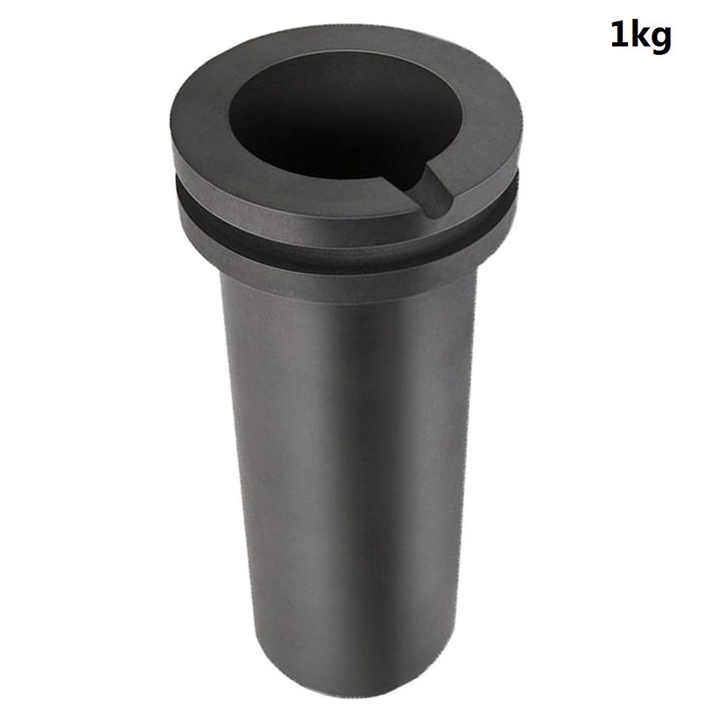
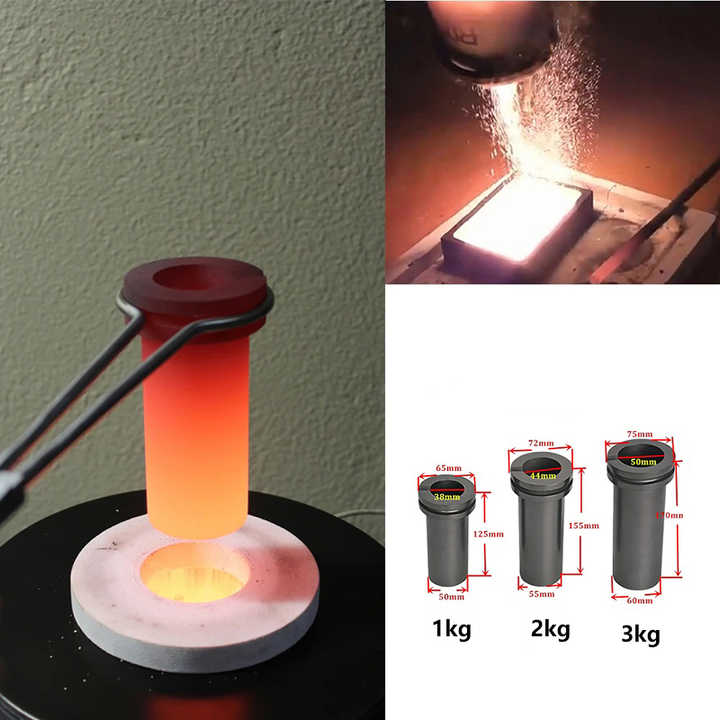
Materials Needed for a DIY Gold Smelting Furnace
To build an effective DIY gold smelting furnace, you need to gather the right materials. These materials must withstand extremely high temperatures and provide adequate insulation to maintain the heat required for gold smelting.
Refractory Cement
Refractory cement is essential for constructing the furnace’s interior lining. This type of cement is designed to withstand high temperatures and insulate the furnace, ensuring that the heat is contained within the smelting chamber. Refractory cement is widely available and is crucial for building a durable and efficient furnace.
Steel Drum or Metal Container
The outer shell of the furnace can be made from a steel drum or another suitable metal container. The container provides structural support and protects the refractory cement lining. The size of the drum or container will determine the overall capacity of the furnace, so choose one that meets your smelting needs.
Insulating Material
Insulating materials, such as ceramic wool or perlite, are used to line the inside of the furnace, providing additional insulation and helping to retain heat. Proper insulation is vital for achieving the high temperatures needed for gold smelting while minimizing heat loss.
Crucible
A crucible is a heat-resistant container in which the gold is placed during smelting. Crucibles are typically made from graphite or clay and must be able to withstand the extreme heat generated by the furnace. Selecting a high-quality crucible is essential for successful smelting.
Burner or Heat Source
The heat source is another critical component of a DIY gold smelting furnace. Propane burners are commonly used because they can reach the high temperatures required for smelting. Ensure that the burner is compatible with your furnace design and can provide consistent, controlled heat.
Step-by-Step Guide to Building a DIY Gold Smelting Furnace
Constructing a DIY gold smelting furnace involves several steps, from assembling the materials to constructing the furnace and performing the first smelting.
Step 1: Prepare the Steel Drum or Container
Begin by preparing the steel drum or metal container that will serve as the furnace’s outer shell. Cut an opening at the top to allow access to the smelting chamber, and create a smaller hole on the side for the burner to insert.
Step 2: Apply Refractory Cement Lining
Next, apply a thick layer of refractory cement to the inside of the container, ensuring even coverage. This layer will serve as the primary insulation and protect the container from the intense heat generated during smelting. Allow the cement to dry and cure according to the manufacturer’s instructions.
Step 3: Add Insulating Material
After the refractory cement has cured, line the interior with insulating material, such as ceramic wool. This additional insulation helps to retain heat and improve the furnace’s efficiency. Secure the insulating material in place, ensuring it covers all interior surfaces.
Step 4: Install the Crucible
Place the crucible in the center of the furnace’s interior. The crucible should be stable and positioned so that it can be easily accessed during smelting. Make sure it is properly supported to prevent it from tipping or shifting during the process.
Step 5: Attach the Burner
Attach the propane burner to the hole on the side of the furnace. Ensure that the burner is securely fastened and positioned to direct heat evenly into the smelting chamber. Test the burner to confirm it provides sufficient heat for the smelting process.
Step 6: Conduct a Test Smelt
Before smelting actual gold, it’s advisable to conduct a test smelt with a small amount of metal. This test will help you fine-tune the furnace’s performance, ensuring that it reaches and maintains the necessary temperatures. Make any adjustments to the burner or insulation as needed.
Safety Considerations for a DIY Gold Smelting Furnace
Safety is paramount when operating a DIY gold smelting furnace. The high temperatures and materials involved present significant risks, so proper precautions are essential.
Protective Gear
Always wear appropriate protective gear, including heat-resistant gloves, goggles, and protective clothing. These items protect against burns, splashes of molten metal, and other hazards associated with smelting.
Ventilation
Ensure that your smelting area is well-ventilated. The process of smelting gold can produce fumes and gases that may be harmful if inhaled. Adequate ventilation reduces the risk of exposure and maintains a safer working environment.
Fire Safety
Keep a fire extinguisher or other fire safety equipment nearby when operating your DIY gold smelting furnace. The high temperatures involved can pose a fire hazard, so it’s important to be prepared in case of an emergency.
Supervision
Never leave the furnace unattended while it is in operation. Continuous supervision ensures that any issues can be addressed immediately, preventing accidents and ensuring the smelting process goes smoothly.
Building a DIY gold smelting furnace is a practical and cost-effective way to engage in small-scale gold refining or metalworking. By carefully selecting materials, following a step-by-step construction process, and adhering to safety guidelines, you can create a functional furnace that meets your smelting needs. Whether you’re a hobbyist or a small-scale refiner, a DIY furnace offers an accessible and rewarding way to explore the fascinating process of gold smelting.












